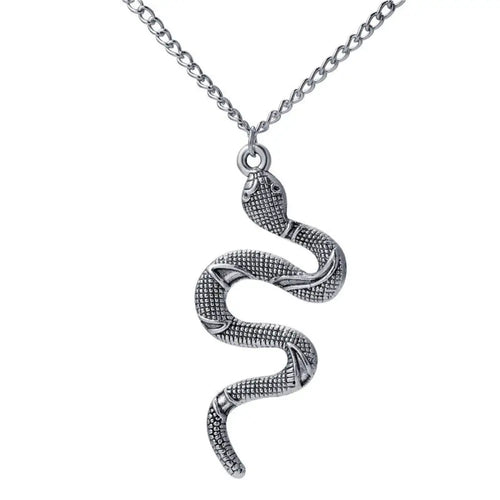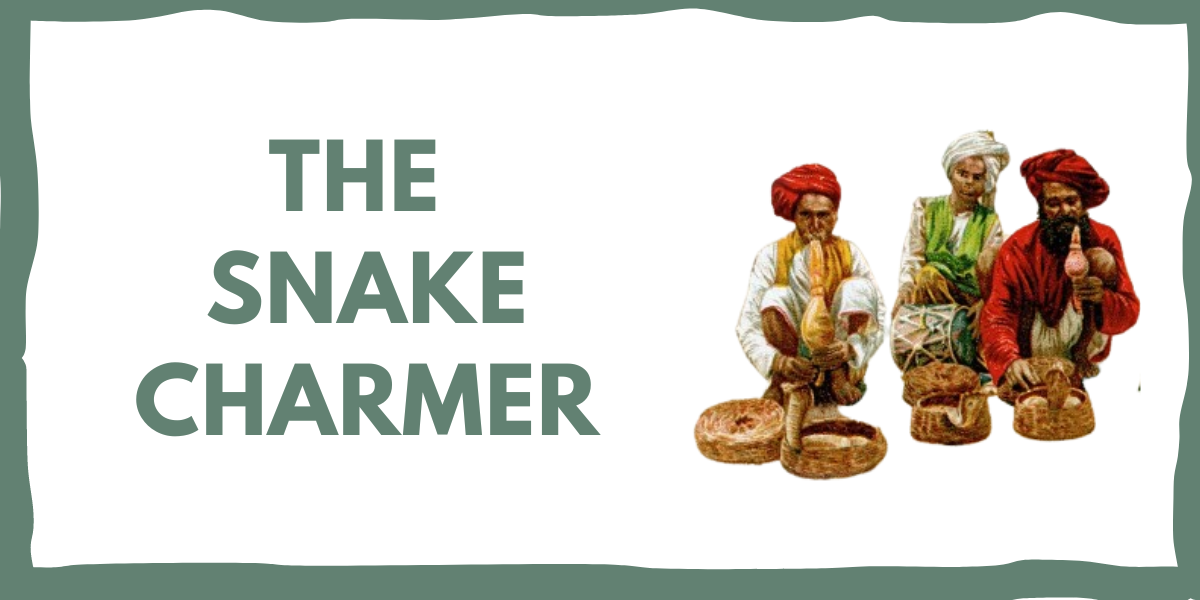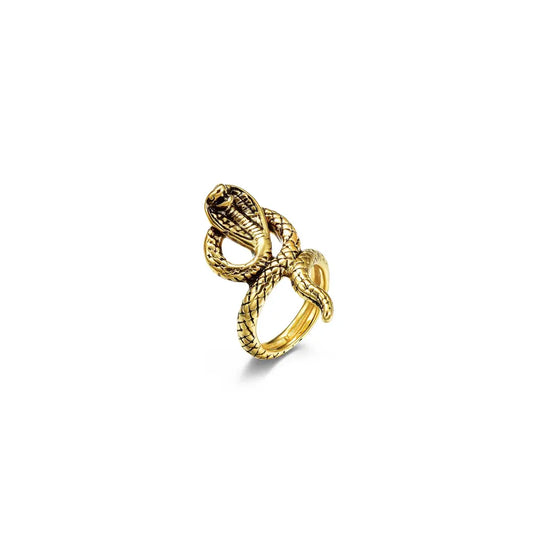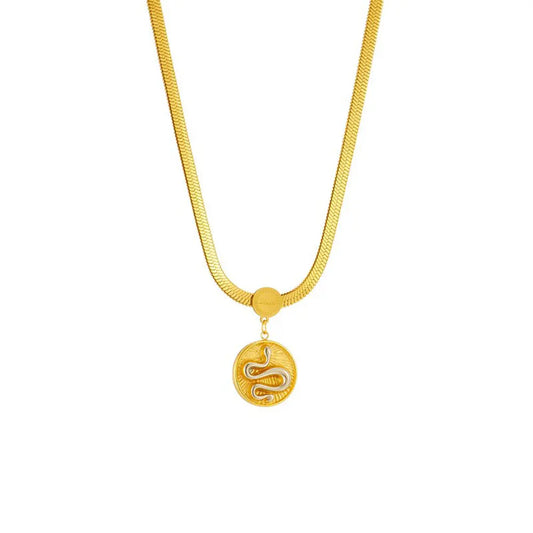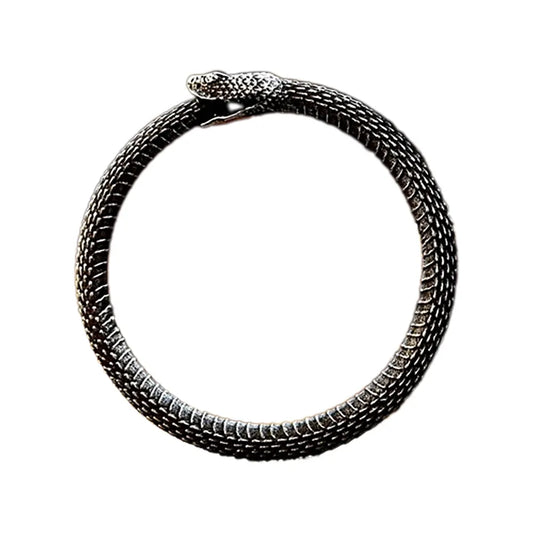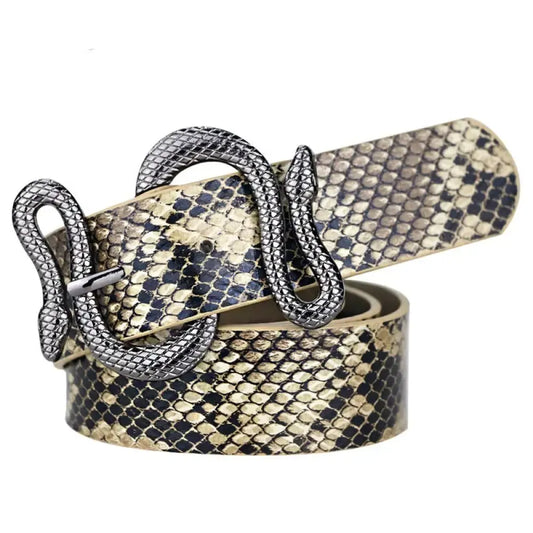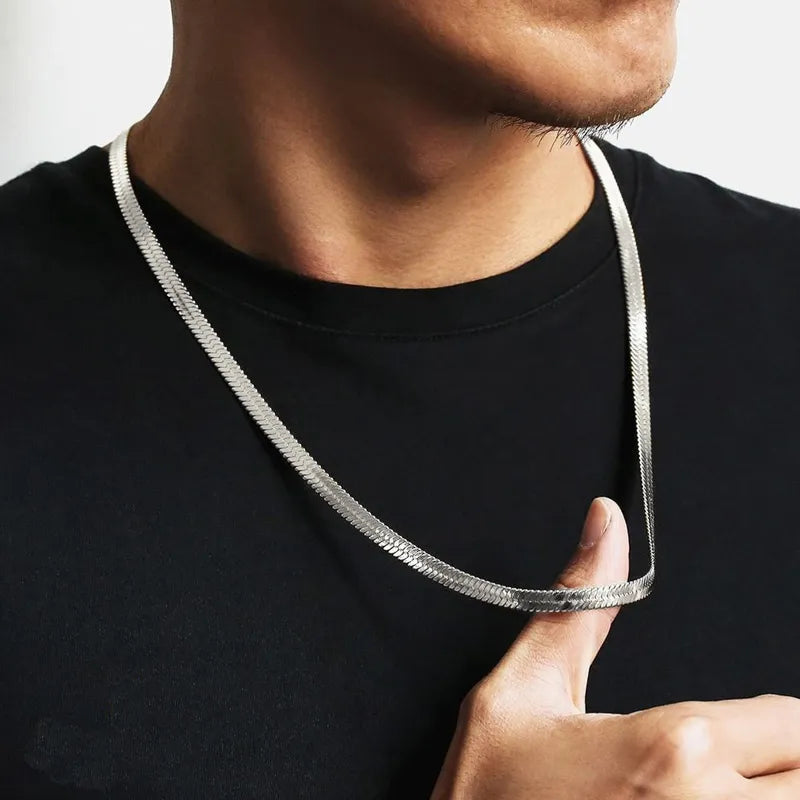Who hasn't ever heard about the mysterious snake charmers? Whether on television, in films, or stories. We all have in mind this image of a man turning over the lid of a box from which a cobra appears. The deadly reptile begins to sway as the man produces a melody with his flute, called a pungi or bansuri.
Although most people know the snake charmer by name, very few know the secrets behind this extraordinary spectacle by the so-called "tamers ". 🤔
Today, dear reader, we invite you to discover in detail the little-known world of snake charmers.
1. CHARMING SNAKES: AN OLD TRADITION
A. INDIA AND ITS SNAKES
People dying from snake bites in India is not uncommon. It has even become a banality! There are thousands of deaths from venomous serpent bites each year! Even with these frightening numbers, some cultures and religions still venerate this animal. Especially in Rajasthan. In this region, there is no question of killing or injuring a snake!
Among the snake-related Indian deities:
- Shiva: one of the main deities of Hinduism.
- Krishna: She said, "Among snakes, I am Anantha". Ananthabeing the infinite divine serpent guardian of creation.
- In Buddhism, which is of Indian origin, Mucalinda the king of the Naga (a mythological species of snake-men), lends his hood to Buddha to protect him from a storm.

B. SNAKE CHARMERS IN MOROCCO
This tradition is much more present in India, the place of his birth 🌏. But there are many countries in Asia and North Africa where snake charmers can be found.
In Morocco, the Place Jemaa El Fna in Marrakech is very famous for its many snake charmer shows. This square is famous for being a true modern "Court of Miracles". Located not far from the Koutoubia mosque 🕌 and the Royal Palace, the square is the perfect place to find traditional animations such as fire-eaters, fortune-telling, acrobatic monkey handlers, and of course snake charmers.
Outdoor performances are held here all day long, and this location is one of the biggest reasons why more than a million visitors come to Marrakech every year.
C. THE SNAKE CHARMER
For many people in the West, when they think about India, a caricature of a snake charmer in traditional costume with a flute, a basket, and a swinging cobra comes immediately to mind. The flutist is sitting cross-legged with his turban and folkloric dress, playing melodies so hypnotic 🎶 that even the deadliest snake cannot resist.
Most often, the snake used is a cobra naja (or Indian cobra). A member of the Elapidae family, one of the most venomous snakes of all 💀. But in other countries such as Morocco or Algeria, snake charmers can use adders to create animation.

Beautiful reptile, right? If you're a cobra fan too, but it's not tomorrow that you'll be hosting one in your home (and we understand you), you can always look at one of our cobra rings or our snake ring collection!
The charming snake's art is recognized to be an ancestral technique. It is said that it was the healers who first demonstrated their ability to hypnotize a cobra. It was thought to be a magical or God-blessed practice, which many healers displayed in their local communities.
Snake charmers were once frequent visitors to marketplaces, souks and bazaars. They mesmerized crowds of spectators with their ability to control some of the world's most venomous creatures. Snake charmers were also very present at religious festivals such as Nag Panchami: the annual religious festival in honor of the King Cobra 👑.

D. THE HIERARCHY OF SNAKE CHARMERS
Serpents are worshipped by Hindus in India and snake charmers are considered the disciples of Lord Shiva 🙏.
There is an ancient tribe of snake charmers known as the Sapera. Members of this tribe have thrived over generations by catching poisonous snakes and making them dance to the rhythm of their music. In this way, they formed a veritable cult.
Snakes charming is therefore a tradition in India. In some families, it has been more than 10 generations �?�! These outstanding musicians are more abundant in Uttar Pradesh, India's most populous state.
The art of making pungi, the traditional flute made from gourd fruit, is also transmitted through this family connection.
E. SNAKE CHARMERS FROM TRADITIONAL INDIA
Since they have been used to handling very dangerous snakes from a young age, snake charmers could sometimes be of benefit to the public. India is full of extremely dangerous snakes, and when one of them was found in a house, the snake charmer on the street corner was often called in to capture the animal in return for a fee 💰.
Usually, if someone had a problem with a snake, he'll visit a charmer. They were also often the main source of medicine 💊 in the case of a snake bite, due to their heritage as healers in Indian culture.
👉If you are impressed by this street performance, then we offer you this beautiful Snake Charming T-Shirt.
2. SNAKE CHARMERS: HOW DOES IT WORK?
A. THE SNAKE CHARMER AND HIS MUSIC
For tourists visiting India, the snake charmer can hypnotize the animal with his bewitching melody. It seems that the animal responds to the call of the instrument as if it were enchanted by a magician 🧙🏾. But this is not the case!
The reality is a little different: the snake is deaf and therefore does not hear the sound of the instrument. Instead, it focuses on the movement of the pungi and the snake charmer, thinking that they represent a danger ⚠️. The cobra gives the impression that he's dancing to the music while he's in a defensive position.

The snake keeps his eye contact with the instrument and the moving parts of the player, especially the hands around the instrument 👀. The cobra stands up to impress what it believes to be a potential aggressor, as it would do in the wild.
Also, to provoke the snake with the movement of his flute. The snake charmer approaches his instrument so close to the snake's head that this one receives air from the flute. That makes the serpent angrier.
Finally, to "motivate" the snake to come out of the basket and stand up, the flute player taps the ground with his feet. The snake is very sensitive to ground vibrations, which normally allow it to detect when a predator approaches it.
The secret to "charming a snake" is actually to irritate and provoke it.
B. THE CRUELTY BEHIND THE SNAKE CHARM
As a tourist, this show may seem surprising to you. However, the reality is quite different. There is a whole system set up by snake charmers that many criticize today as cruel. Among them is the illegal poaching of snakes. They hunt diverse snakes that are present in the wild. Their main target is the Indian cobra. This Cobra is their favorite type because it is quite well known to the general public but also because of its reputation of having the deadliest venom in the world. But there's no risk to the snake charmer. It's a total circus 🤡. The snake is no more than a puppet present to amuse the spectators.
This spectacle that seems spectacular is in reality cruel to snakes. Everything is an illusion. From the "poisonous" snake to the hypnotic impression of the beast. Everything is based on barbaric practices that aim to weaken the reptile.
In reality, to prevent the cobra from biting, they will break its fangs, pierce its poisonous glands, and sometimes even sew its mouth! 🤬
Removing the venom glands from a snake is like a soldier going to war without his weapon! Its venom allows him to defend himself from danger, but also for digestion. In the long term, this will pose a lot of problems for its health and its survival.
If you wish to learn more about Snake Venom, we invite you to read the very complete article we have written about it.
In most cases, these serpents are abandoned in narrow and dark boxes, or they are released into the wild. Without their fangs and poison glands, the chances of survival are low. Often they die within a few months.
Of course, most people watching these street performances have no idea what goes on behind the scenes of these street performances . And of course, snake charmers firmly deny accusations of cruelty to animals.
C. WHAT CAN BE DONE TO STOP THIS BARBARIC PRACTICE?
Now that we all know about the horrible cycle set up by some snake charmers, it will make us think twice before rushing to take a picture 📸 if we ever travel to India, or to a country where this "art" is practiced.

Of course, the local population benefits from tourism. But as tourists and travelers, we have to do our best to travel with an awareness of the reality behind certain practices, to leave a long-term positive impact where we go .
If you visit India in the future (it's a beautiful country, we advise you to do so!) and if you dislike this practice as much as we do, here are two things that you should do:
- Does not encourage snake charm or any other form of animal abuse for entertainment purposes.
- Don't pay to watch an animal perform:This gives reason to the brutality behind the scenes, encourages poaching and illegal possession of wildlife, and supports industries dedicated to making a profit from suffering ❌.
3. THE DECLINE OF SNAKE CHARMERS
A. THE END OF AN LONG INDIAN TRADITION
Today, snake charmers in India are struggling to survive, while tradition is slowly dying out. It has been present in Indian folklore for centuries, and snake charm is now a dying art.
Whereas before they used to run the streets, nowadays it is not easy to find a snake charmer 🔎. And even during Nag Panchami, the annual religious festival in honor of the cobra king.
Despite the evolution of laws, culture, and morals, some snake charmers still refuse to abandon this ancestral tradition. Snake charmers in dhoti kurta (traditional Indian clothing) and yellow turbans recently performed in a street in Delhi, and the photos and testimonies were quickly relayed on the web 💻. These men arranged a few wicker baskets in front of them and started playing pungi.
But unfortunately for them, their show didn't last very long. The police intervened directly to stop the performance.
B. THE DISAPPEARANCE OF THE SNAKE CHARMER CULTURE
Snake charm was banned under the 1991 amendment to the Wildlife Act. Indian law now prohibits catching, possessing, and playing with snakes.
The few snake charmers that are still present in the streets and that continue to amaze tourists are no longer enthusiastic. For them, this law is a hard blow. Charming snake is a job they learned to feed their families.
For generations, they have earned their living playing with snakes in the streets and villages of India, and suddenly find themselves faced with the choice of illegality or unemployment. Their oral and material heritage is gradually evaporating under the pressure of modernity.
Also, the younger generation shows no interest in continuing the legacy, the cultural change is too important. Denigrators of this practice, like NGOs, argue that this profession belongs to the past. With the cultural change taking place in India today, snake charmer is not as lucrative as it used to be and the profession keeps snake charmers and their families in poverty.
C. SNAKE CHARMERS: REDUCED TO POVERTY
The new animal protection laws that appeared in India have done a lot of good for cobras but also a lot of harm to snake charmers. They are finding it harder and harder to make a living.
This new measure has reached more than 500,000 snake charmers in India. Most of them have turned to farm, construction, and street vending. But according to a trade union, the majority remain unemployed today.
4. SNAKE CHARMERS TODAY
A. SNAKE CHARMERS AND MODERN SOCIETY
It is not only the law that goes against snake charmers: it is also the evolution of Indian culture.
As India becomes a middle-class country, people are now more interested in 📺 television shows and video games despite street performers. Modernity is having a strong impact on ancient traditions.
However, if anything could be saved from the art of charming snakes, it could be the music of the charmer's flute 🎼. This symbolic instrument is the last hope of many ex-snake charmers.
B. THE SNAKE CHARMER'S FLUTE: HIS LAST HOPE
Since the snakes are sent back to their natural habitat, the old snake charmers place their hopes in their original and folk instruments. The Pungi
Handmade from bamboo and canteen fruit, this instrument continues to be the symbol of the snake charmer community 👳🏾♂. It is also the symbol of this unique lifestyle and is part of India's cultural heritage.
Snake charmers are protesting to protect this symbolism. Government assistance is required to preserve the centuries-old history of the music.
There you go! Now that you know in detail the secrets behind the snake charmer, you won't have the same vision when you see one on TV or even on your travels.
Snakes are not the cutest animals, and they have a bad reputation in the western culture that has followed them for centuries. But snakes are also beautiful and fascinating creatures that deserve our respect and empathy as much as any other species. Especially since they are part of our culture: the Symbolism of the Snake is the richest of all animals!
At Snakes Store, we're passionate about these mysterious reptiles and committed to their preservation. By creating this brand, we desire to democratize the "snake style" through everyday objects: Snake Clothing, Snake jewelry, ...
Our products are made in a traditional way and on request 🛠️, to meet the desires of enthusiasts; but also fashion fans! Indeed the snake is an animal very present in the jewelry and ornaments of certain cultures.
Whether you prefer the fine and sensual image of the snake's curves, or on the contrary the powerful and aggressive image of this fearsome predator: you'll find the item that suits you! 👍


































































